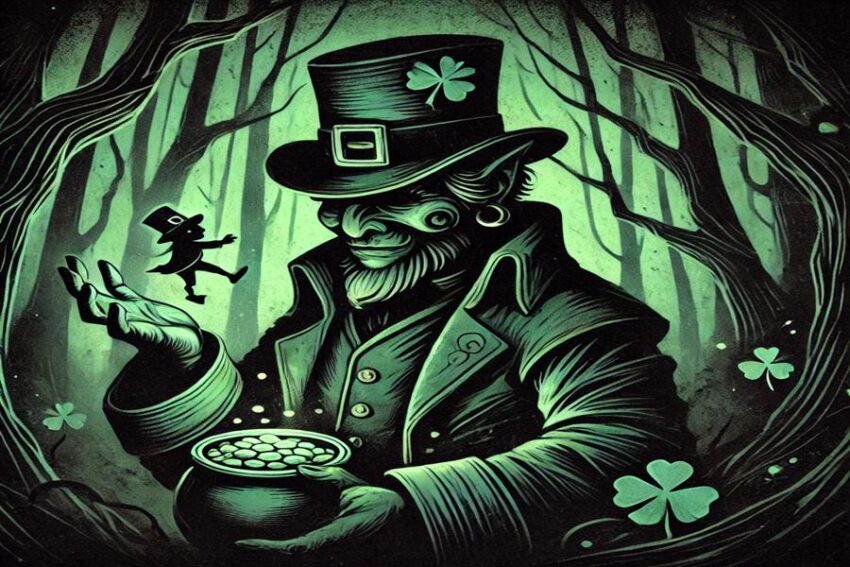Irish folklore is filled with tales of fascinating creatures, from benevolent fairies to terrifying monsters. These beings are tied to Ireland’s landscapes, ancient beliefs, and the interplay between the human and supernatural worlds. Some protect, some harm, and others simply intrigue. Here’s a look at 13 legendary creatures from Irish folklore, each adding a unique twist to the country’s rich mythological heritage.
1. Banshee
The Banshee is perhaps one of the most well-known Irish folklore figures. Often depicted as a wailing woman, she is a harbinger of death, her mournful cry signaling the impending passing of a family member. Descriptions of the Banshee vary: some say she appears as a young, beautiful woman, while others claim she takes the form of an elderly hag. In some tales, she combs her hair with a silver comb, a detail often found in banshee legends across Ireland. Her appearance is tied to noble families, particularly those with O’ or Mc in their names, and her presence remains a deeply eerie part of Irish mythology.
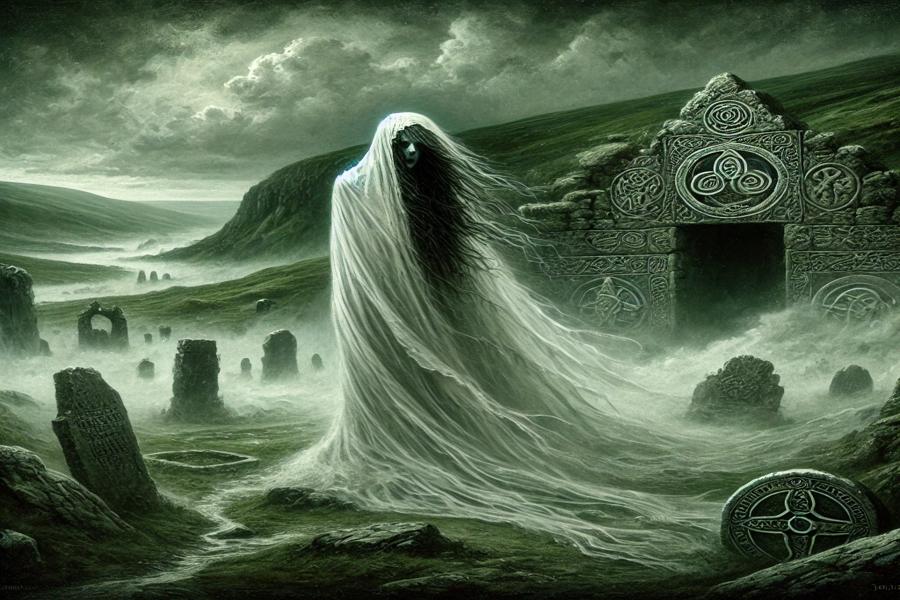
2. Púca
The Púca, a shapeshifter, is a mischievous spirit that can transform into various animals, often taking the form of a black horse, goat, or even a goblin. Púcaí are known to help and hinder humans, offering good fortune one day and wreaking havoc the next. In some tales, they grant bountiful harvests, while in others, they lead travelers astray or bring chaos to villages. The Púca embodies the unpredictable and mysterious nature of the supernatural in Irish lore.
3. Dullahan
The Dullahan is a fearsome figure known as the “headless horseman” of Irish legend. He is often seen riding a black horse and carrying his head under his arm, using it as a lantern to see his surroundings. The Dullahan is a harbinger of death, much like the Banshee, and is said to call out the names of those about to die. His mere presence causes fear, and it is believed that he despises being watched—throwing gold at him is said to make him vanish, as he fears the precious metal.
4. Selkie
The Selkie is a mythical creature that can transform from a seal into a human. Found in Irish and Scottish folklore, Selkies are said to shed their seal skins to walk on land as beautiful men or women. They often become romantically involved with humans, but if their seal skin is found and returned to them, they will return to the sea, sometimes abandoning families left behind on land. Selkie tales reflect themes of love, longing, and the call of the sea.
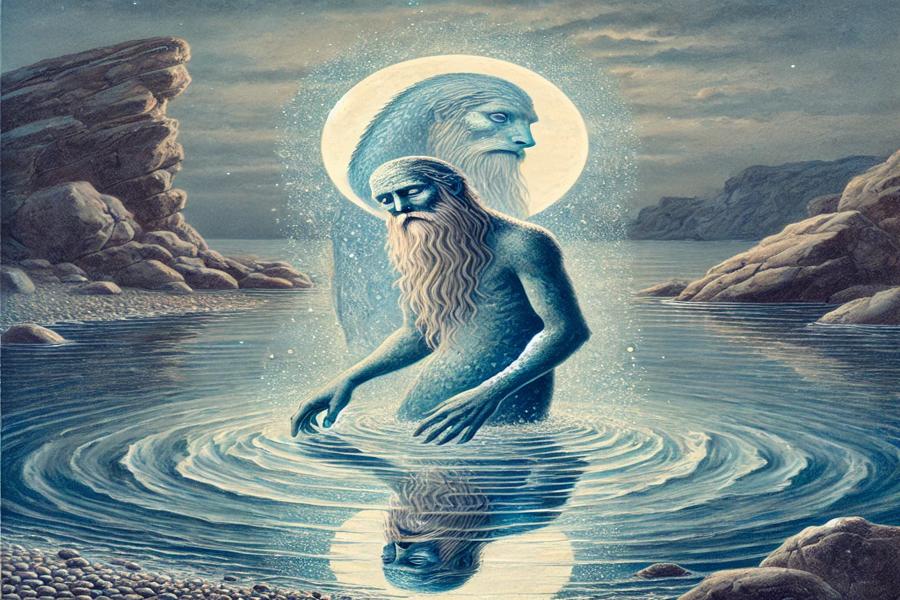
5. Leprechaun
Leprechauns are small, bearded fairies known for their trickery and their love of gold. Typically depicted as shoemakers, they are said to store their wealth in hidden pots at the ends of rainbows. Though often seen as mischievous, leprechauns are not malevolent and may even grant three wishes to those who catch them. However, their cunning nature ensures that those wishes rarely turn out as expected, adding to the Leprechaun’s reputation for clever trickery.
6. Fomorians
The Fomorians are ancient, monstrous beings believed to have inhabited Ireland before the arrival of the gods of the Tuatha Dé Danann. Often depicted with grotesque features—such as one arm, leg, and eye—they embody chaos and destruction. In Irish mythology, they are typically seen as enemies of the gods, with characters like Balor of the Evil Eye, who had a deadly gaze capable of killing. The Fomorians symbolize the dark, wild forces of nature that oppose order and civilization.
7. Fairy (Aos Sí or Síde)
The Aos Sí, or “people of the mounds,” are a race of supernatural beings often equated with fairies. They are said to live in fairy forts or ancient burial mounds, remaining hidden from human eyes. Fairies in Irish folklore are complex, capable of kindness as well as cruelty, depending on how they are treated by humans. Traditions like leaving offerings for the fairies were believed to maintain peace between them and humans, as fairies were known to both bless and curse those who crossed them.
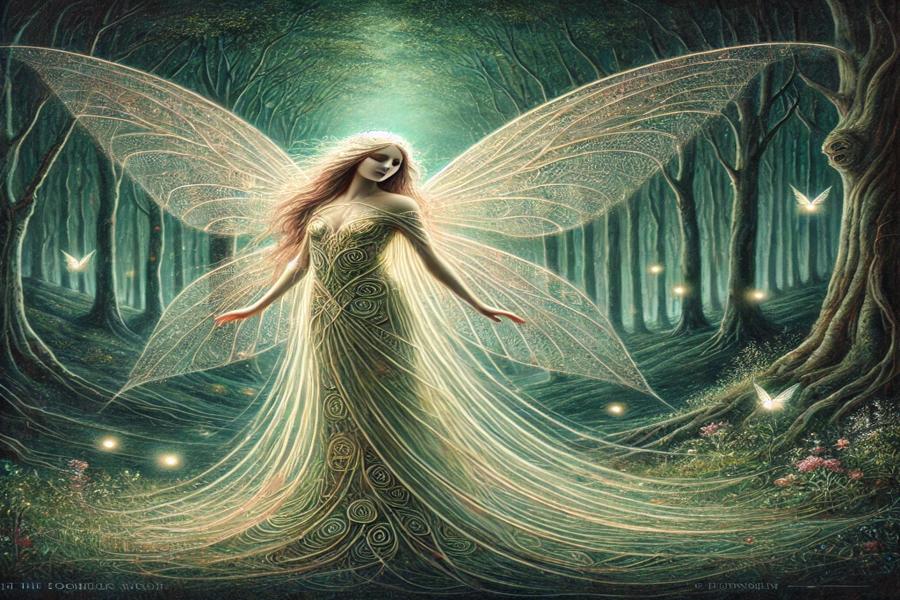
8. Caorthannach
Caorthannach, known as the “mother of demons,” is said to be the mother of the devil in Irish lore. This terrifying creature was supposedly defeated by Saint Patrick, who chased her into a lake where she drowned. Some tales describe her as a fire-breathing monster, embodying destructive and demonic forces. The legend of Caorthannach is part of Ireland’s broader tradition of Christianized mythology, where saints confront and conquer ancient creatures.
9. Merrow
The Merrow is a type of mermaid in Irish folklore, with green hair and webbed fingers. Unlike other mermaids, Merrows are said to have the ability to move between sea and land by wearing a magical cap or cloak. Female Merrows are often described as beautiful, while male Merrows are depicted as grotesque and unattractive. Merrows are known for their otherworldly charm and mysterious allure, often forming bonds with humans while longing for the ocean.
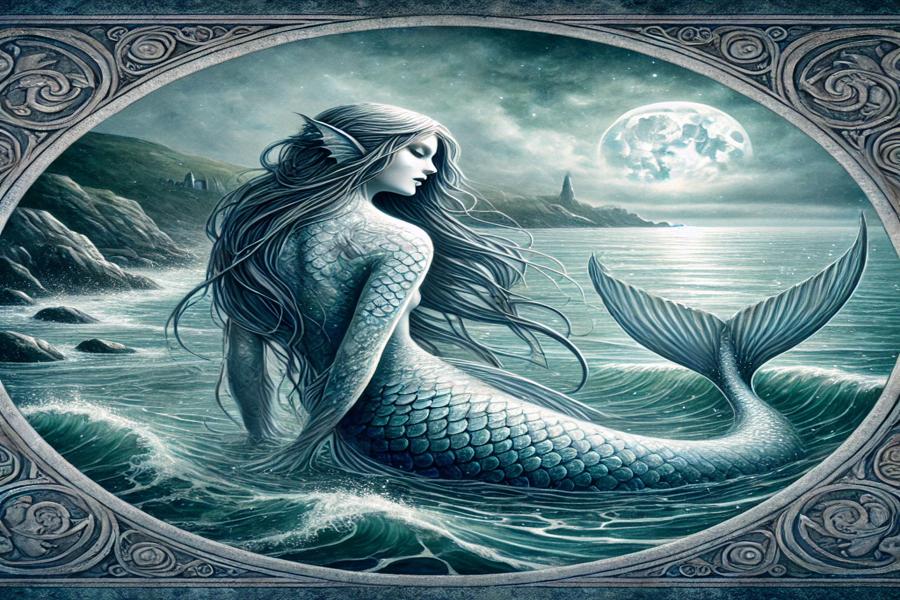
10. Dearg-Due
The Dearg-Due, or “Red Blood Sucker,” is Ireland’s vampire figure. Unlike the elegant vampires of later European lore, the Dearg-Due is a restless spirit that rises from its grave to drain the life from those who wronged it. The legend tells of a beautiful woman who was mistreated in life, and upon her death, she returned to take revenge on those responsible. The Dearg-Due serves as a warning tale of the consequences of mistreating others, with salt often used as a defense against her wrath.
11. Slua Sí
The Slua Sí, or “fairy host,” are a band of malevolent fairies believed to travel in groups, often appearing as a dark cloud or flock of birds. They are said to swoop down and carry people away, especially those who are alone or weak. Unlike the more neutral fairies, the Slua Sí are considered dangerous, and encountering them is a bad omen. These spirits are feared for their ruthless nature and are often linked to curses or misfortune.
12. Each-Uisge
The Each-Uisge, or “water horse,” is a shape-shifting creature that appears as a horse near lakes and rivers. When someone mounts it, the Each-Uisge charges into the water, drowning its rider. Afterward, it devours them, leaving only their liver to float to the surface. This creature symbolizes the dangers of the water and serves as a warning to be cautious around bodies of water. The Each-Uisge is known across Celtic mythology but holds a special place in Irish lore as a feared lake monster.
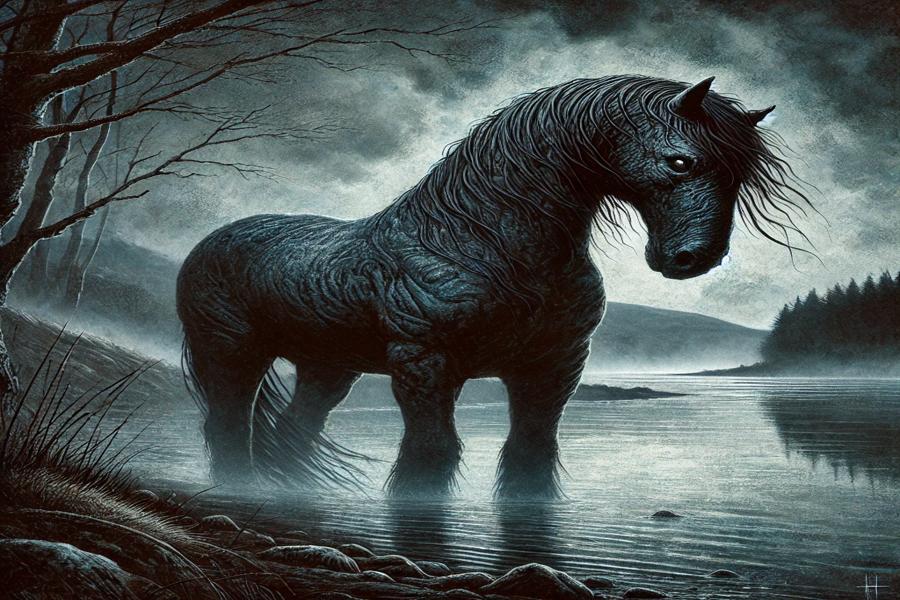
13. The Fear Gorta
The Fear Gorta, meaning “Man of Hunger,” is a spirit that appears as a skeletal, starving figure. It’s said to wander the countryside during times of famine, begging for food. Those who give generously to the Fear Gorta are blessed with prosperity, while those who refuse face misfortune. The Fear Gorta reflects Ireland’s historical experiences with famine and hunger, embodying the cultural importance of generosity and kindness.
Conclusion: A Glimpse into Ireland’s Mystical World
These 13 creatures from Irish folklore offer a fascinating look at the country’s rich mythological landscape. From the fearsome Dullahan to the alluring Merrow and the benevolent Fear Gorta, each being reveals aspects of Ireland’s ancient beliefs, rooted in nature, magic, and moral lessons. This folklore keeps Ireland’s cultural heritage alive, reminding us of a world where the supernatural and natural exist side by side. Whether as guardians, warnings, or symbols, these creatures continue to captivate and remind us of the timeless appeal of myth and mystery.
